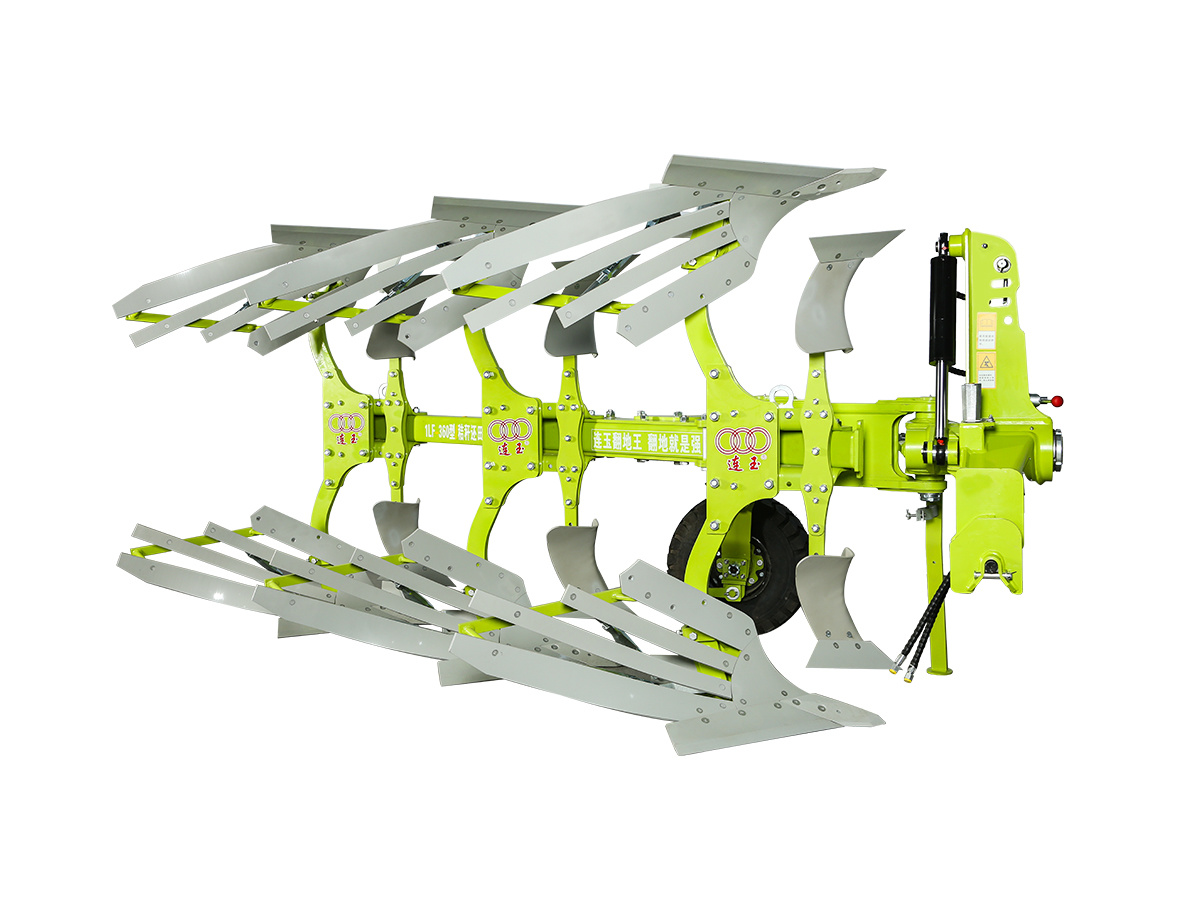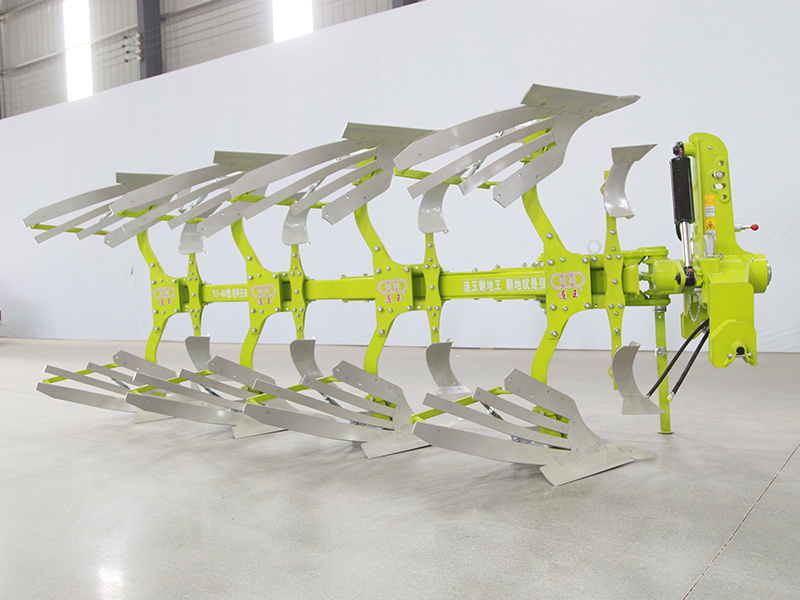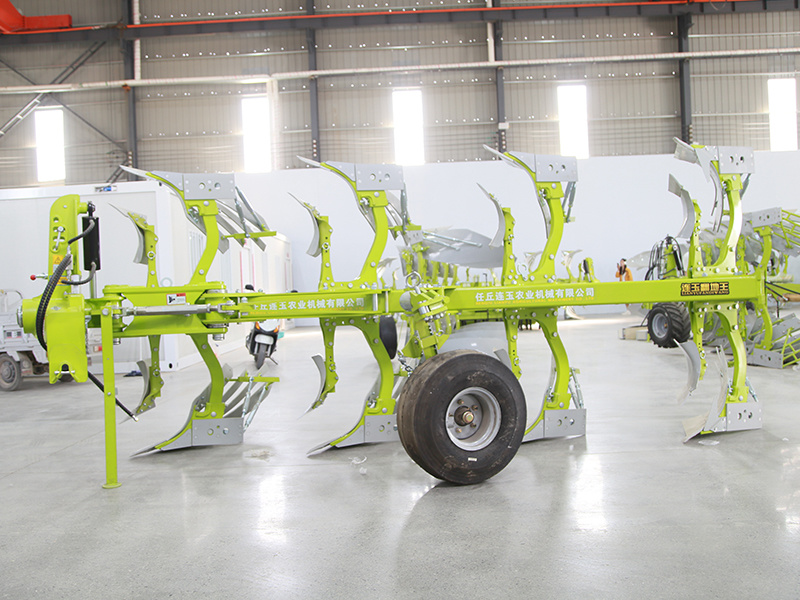Gexinzhuang Industrial Zone, Yilunbao Town, Renqiu City, Hebei Province, China
Unlocking the Benefits of Using a Flip Plough in Modern Farming
2025-08-03

Unlocking the Benefits of Using a Flip Plough in Modern Farming
Table of Contents
- Introduction to Flip Ploughs
- What is a Flip Plough?
- Advantages of Using a Flip Plough in Agriculture
- Efficient Soil Tillage with Flip Ploughs
- Enhancing Soil Health Through Flip Ploughing
- Improving Crop Yield with Flip Plough Techniques
- Best Practices for Using Flip Ploughs
- Common Misconceptions About Flip Ploughs
- Frequently Asked Questions
- Conclusion
Introduction to Flip Ploughs
In the ever-evolving world of agriculture, farmers continually seek innovative tools and methods to enhance productivity and sustainability. The flip plough has emerged as a game-changing implement, designed to improve soil cultivation practices. By understanding its functionality and benefits, farmers can make informed decisions that maximize their operational efficiency.
What is a Flip Plough?
A flip plough, also known as a reversible plough, is an advanced agricultural tool used for tilling soil. Unlike traditional ploughs, the flip plough allows farmers to reverse the ploughshares, enabling them to work in both directions without the need to reposition the tractor. This feature reduces the time and effort required for field preparation, making it a valuable asset in modern farming.
Components of a Flip Plough
To understand the functionality of a flip plough, it is essential to examine its key components, which include:
- **Ploughshares**: The blades that cut and invert the soil.
- **Frame**: The structure that supports the ploughshares and connects to the tractor.
- **Reversing Mechanism**: The system that allows the operator to switch the direction of the ploughshares easily.
Advantages of Using a Flip Plough in Agriculture
Utilizing a flip plough offers numerous advantages that cater to the needs of modern farmers. Here are some of the most significant benefits:
1. Time Efficiency
The reversible nature of the flip plough significantly reduces the time spent on field preparation. By efficiently switching directions, farmers can complete ploughing tasks more quickly, allowing them to focus on other essential farming activities.
2. Fuel Savings
With reduced travel time and fewer passes required over the field, the use of a flip plough translates to lower fuel consumption. This not only saves money but also contributes to a more environmentally friendly farming practice.
3. Improved Soil Structure
Flip ploughs can enhance soil structure by inverting layers and promoting aeration. This process facilitates better water retention and nutrient distribution, ultimately resulting in healthier soil.
Efficient Soil Tillage with Flip Ploughs
Efficient tillage is vital for preparing fields for planting. The flip plough's design allows for deep and thorough tillage, ensuring that soil is adequately prepared to support crop growth. By turning over the soil, the flip plough helps to control weeds and incorporate organic matter, which is essential for maintaining soil fertility.
How Flip Ploughing Works
When using a flip plough, the operator sets the depth and angle of the ploughshares to achieve the desired tillage effect. As the plough moves forward, the ploughshares cut into the soil, turning it over and creating a well-tilled seedbed. The ability to reverse the direction means that farmers can cover the entire field without unnecessary overlaps or gaps.
Enhancing Soil Health Through Flip Ploughing
Healthy soil is the cornerstone of successful farming. The flip plough contributes to soil health in several ways:
1. Incorporation of Organic Matter
By turning over the top layer of soil, the flip plough facilitates the incorporation of organic matter, such as crop residues and manure. This organic matter is essential for improving soil structure, moisture retention, and nutrient availability.
2. Pest and Disease Management
The flipping action of the plough can disrupt the lifecycle of soil-borne pests and diseases, minimizing their impact on crops. This natural form of pest management can reduce the need for chemical interventions.
3. Enhanced Microbial Activity
Proper tilling practices promote a diverse microbial community in the soil. The flip plough's ability to aerate the soil helps create an environment conducive to microbial activity, which is crucial for nutrient cycling and soil health.
Improving Crop Yield with Flip Plough Techniques
One of the primary goals of any farming operation is to maximize crop yield. The use of a flip plough can contribute significantly to this objective.
1. Optimal Seedbed Preparation
A well-prepared seedbed is essential for successful germination and plant establishment. The flip plough creates a uniform and loose soil structure, ensuring that seeds have the best possible conditions to thrive.
2. Moisture Conservation
By incorporating organic matter and improving soil structure, flip ploughing can help conserve moisture in the soil. This is particularly important in regions where water availability is limited.
3. Crop Rotation and Diversification
The flip plough enables farmers to practice effective crop rotation by preparing fields for different crops in a timely manner. This practice not only improves soil health but also enhances overall farm productivity.
Best Practices for Using Flip Ploughs
To maximize the benefits of using a flip plough, farmers should follow these best practices:
1. Understand Soil Types
Different soil types require different ploughing techniques. Understanding the characteristics of the soil being worked is crucial for setting the correct depth and angle of the ploughshares.
2. Monitor Weather Conditions
Timing is essential in agriculture. Monitoring weather conditions can help farmers determine the best time to plough, ensuring optimal soil moisture levels for effective tillage.
3. Regular Maintenance
Proper maintenance of the flip plough is essential to ensure its longevity and efficiency. Regularly checking and sharpening the ploughshares can lead to better performance and reduced downtime.
4. Training and Skill Development
Operators should receive adequate training on how to effectively use a flip plough. This knowledge will ensure that they can take full advantage of the implement's capabilities.
Common Misconceptions About Flip Ploughs
Despite their numerous benefits, there are several misconceptions surrounding flip ploughs that can deter farmers from adopting this valuable tool.
1. Flip Ploughs Are Only for Large Farms
While flip ploughs are highly beneficial for large-scale operations, they can also be advantageous for smaller farms. Their efficiency can save time and resources, making them a viable option for farms of any size.
2. Flip Ploughing Damages Soil Structure
Some believe that any form of tilling disrupts soil structure. However, when used correctly, flip ploughs enhance soil health and structure by promoting aeration and organic matter incorporation.
3. They Require Specialized Equipment
Many farmers think that using a flip plough necessitates specialized tractors. In reality, most standard tractors can be adapted to use a flip plough, making them accessible to a wider range of farmers.
Frequently Asked Questions
1. How deep should a flip plough be set for optimal results?
The depth of the flip plough should be adjusted based on soil type, typically ranging from 6 to 12 inches for most crops.
2. Can flip ploughing be done in wet conditions?
It is generally advised to avoid flip ploughing in excessively wet conditions, as this can lead to soil compaction and poor tillage outcomes.
3. What crops benefit most from flip ploughing?
Crops such as corn, soybeans, and wheat often benefit significantly from the improved soil conditions created by flip ploughing.
4. How does flip ploughing compare to other tillage methods?
Flip ploughing offers unique advantages in terms of efficiency, soil health, and fuel savings compared to traditional tillage methods.
5. Is training necessary to operate a flip plough?
While basic tractor operation skills are essential, training on the specific techniques and adjustments for flip plough operation is highly recommended.
Conclusion
In summary, the flip plough represents a significant advancement in modern farming practices. By enhancing soil health, improving crop yields, and increasing operational efficiency, this innovative tool can lead to more sustainable agricultural practices. Farmers who embrace the flip plough can unlock its numerous benefits, positioning themselves for success in an increasingly competitive industry. Investing in this technology not only supports individual farm growth but also contributes to the broader goals of sustainable agriculture and food security.
Keywords:
Previous Page
Contact Us
Whatsapp:
Email:
Address:
Ge Xin Zhuang Industrial Zone, Yi Lun Bao Township, Ren Qiu City, Hebei Province,China











